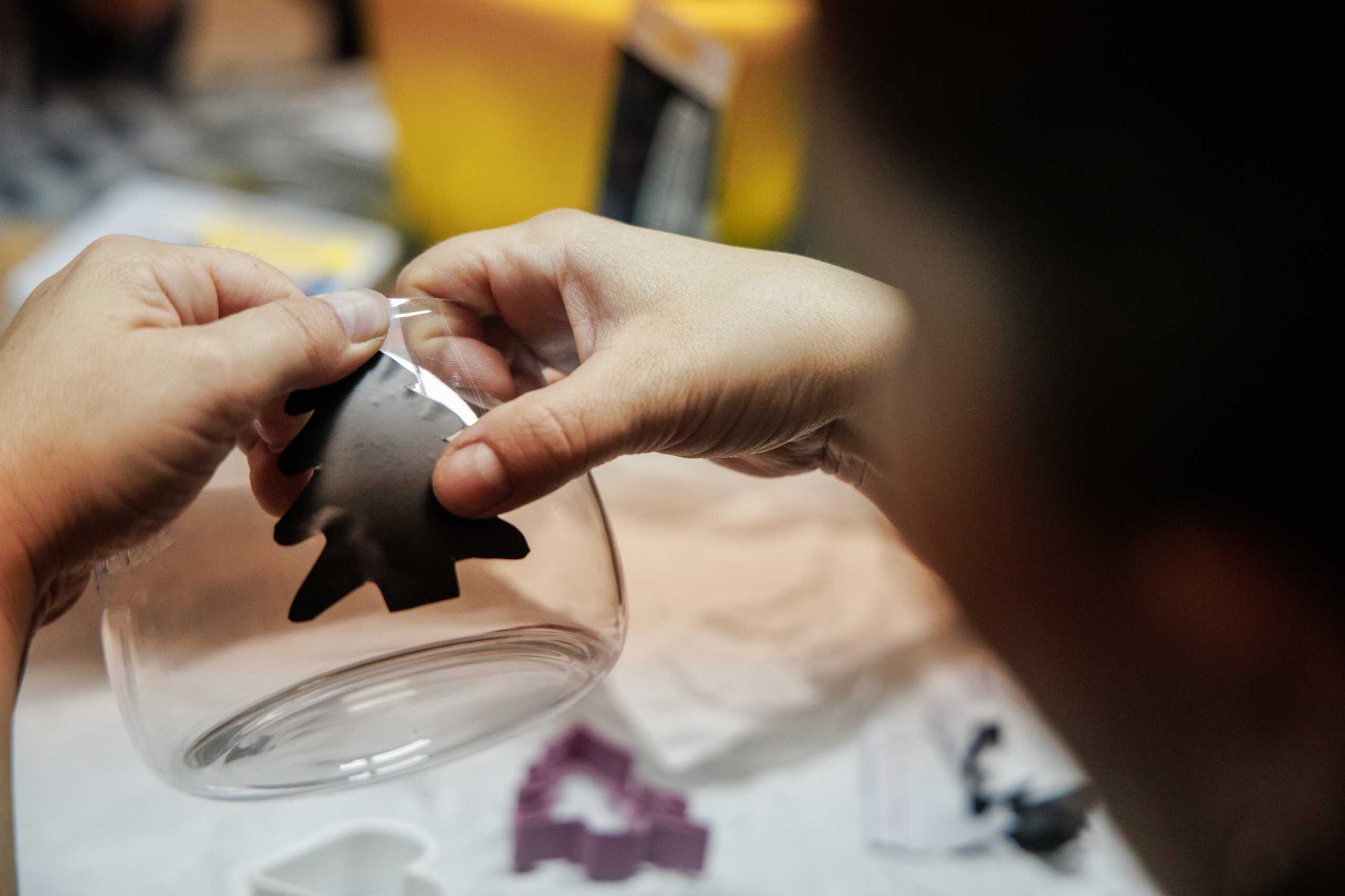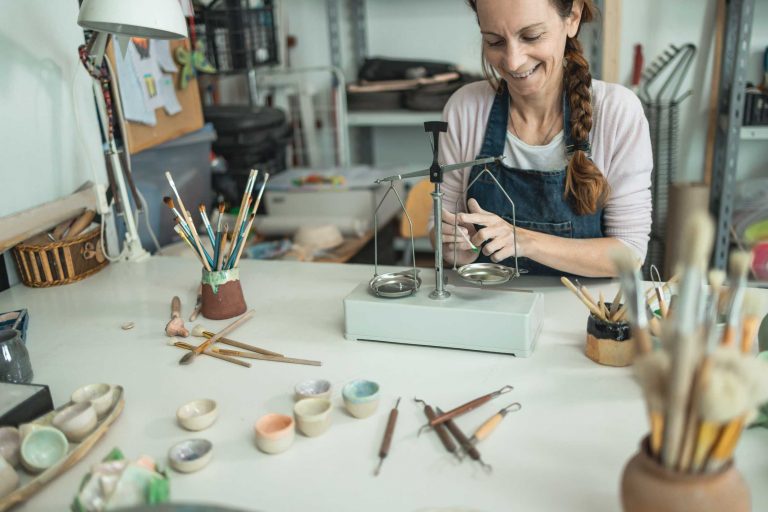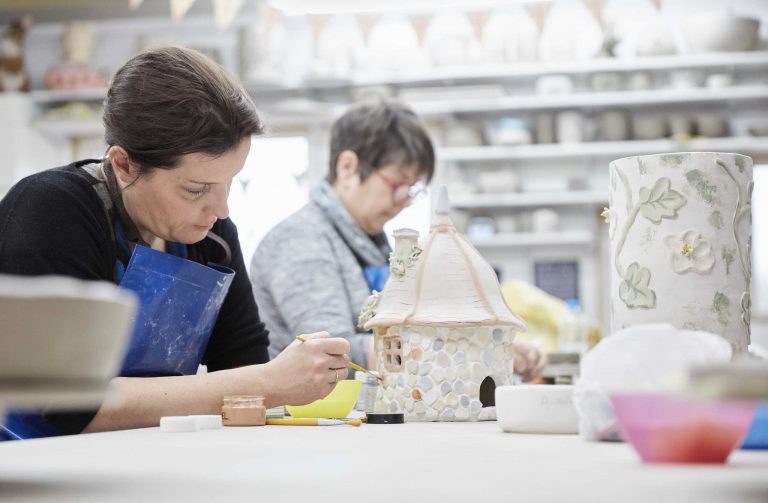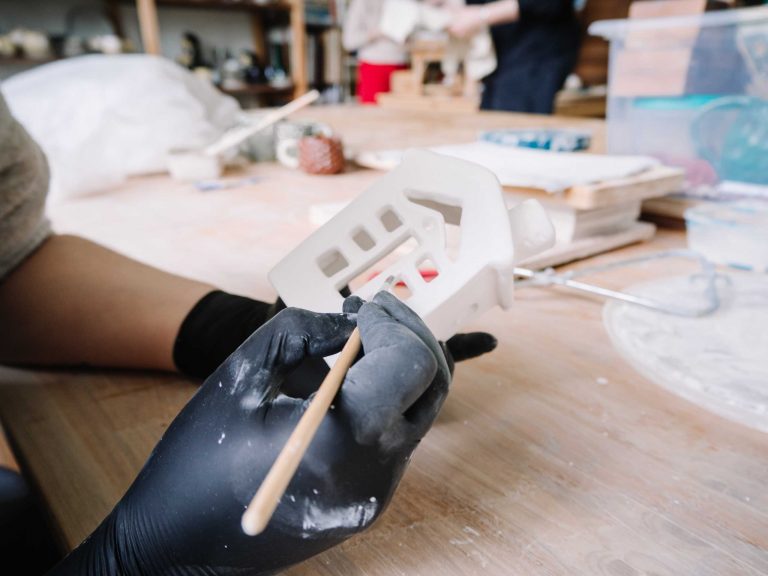One of the first steps on your miniature sculpting journey is selecting the right material. The type of clay you choose can influence everything — from how easy it is to work with to the final look and durability of your piece. Understanding the characteristics of different clays helps you make informed decisions and improves your creative process.
Types of Clay Commonly Used in Miniature Sculpting
- Polymer Clay:
Widely popular for miniatures, polymer clay is easy to shape and hardens permanently when baked in a home oven. It offers vibrant colors and smooth finishes, making it ideal for detailed work. - Air-Dry Clay:
This clay hardens naturally when exposed to air. It’s convenient for those without access to an oven but tends to be more fragile and can crack if not handled carefully. - Epoxy Clay:
A two-part clay that hardens through chemical curing. Epoxy clay is extremely durable and perfect for fine details but requires working within a limited timeframe before it sets. - Oil-Based Clay:
This type never dries out, allowing you to work on pieces over a long period. However, it doesn’t harden permanently, so it’s often used for prototypes or molds.
What to Consider When Choosing Your Clay
- Project Type:
Are you making a collectible figure, a prop for a dollhouse, or jewelry? Different projects may require different material properties. - Detail Level:
Some clays hold intricate details better than others. Polymer clay, for instance, is excellent for fine textures. - Durability Needs:
If your miniature needs to withstand handling, epoxy clay might be the best choice. - Work Time:
Consider how long you want to spend sculpting before the clay hardens.
Tips for Working with Clay
- Keep your hands clean to avoid transferring oils to the clay.
- Use the right tools for sculpting small details (needle tools, silicone shapers, fine brushes).
- Condition polymer clay well by kneading it to make it more pliable.
- Store unused clay properly to prevent drying or contamination.
Final Thoughts
Choosing the right clay is a foundational step that sets the tone for your entire miniature sculpting experience. Experimenting with different materials will help you find what suits your style and project goals best. Don’t be afraid to try new clays and techniques — each offers unique possibilities and challenges that will grow your skills.




